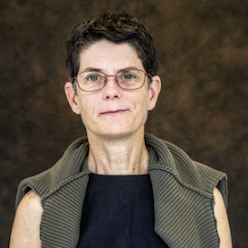Care, both paid and unpaid, is the most important engine for Mongolia’s economic growth, and the well-being of its people. Mongolia’s care economy comprises about 19% of the country’s GDP. As is the case in many lower-middle-income countries, much of the care work is unpaid work performed by women. In Mongolia’s case, unpaid carework comprises about 9.9% of the country’s GDP. The paid care sector consists of education, health care and social welfare sectors and contributes about 9.1% of GDP. The paid care sector contributes more to the economy than manufacturing, defense and public administration, finance, construction, transportation, information technology, or real estate.

With a population of 3.4 million people and an area of 1.56 million square kilometers, Mongolia is the world’s most sparsely populated country. About half of the population of Mongolia lives in the capital city, Ulaanbaatar, and another 25%-35% live nomadically herding cattle, goats and yaks. The remainder live in smaller cities and towns.
The care economy supports about 45% of Mongolia’s population. The Mongolians in need of care include children aged 0-18 years old (35.3% of the population), persons aged 60 and above (7.7%), and adults with disabilities (3.1 %). In the 1990s, Mongolia transitioned from a centrally planned, communist country to a market-oriented economy with a democratic, multi-party government. At the same time, the country also began to see a sharp drop in fertility rates. Mongolia is a relatively young country, but its failing fertility rate is resulting in an aging population and a looming crisis in care.
photo attribution: Tiara Scott on Flickr
Project Leads
-

Otgontugs Banzragch
Researcher
-

Mieke Meurs
Researcher

